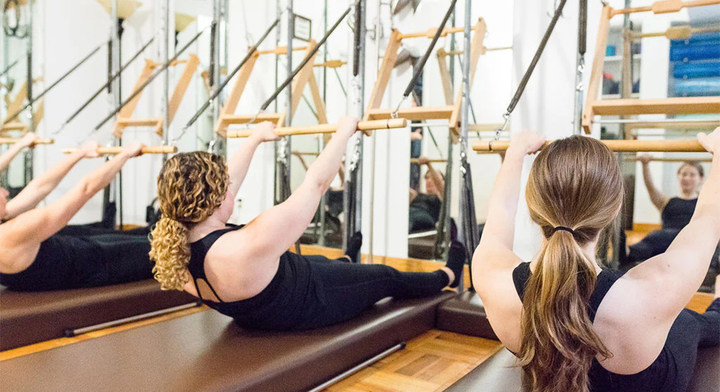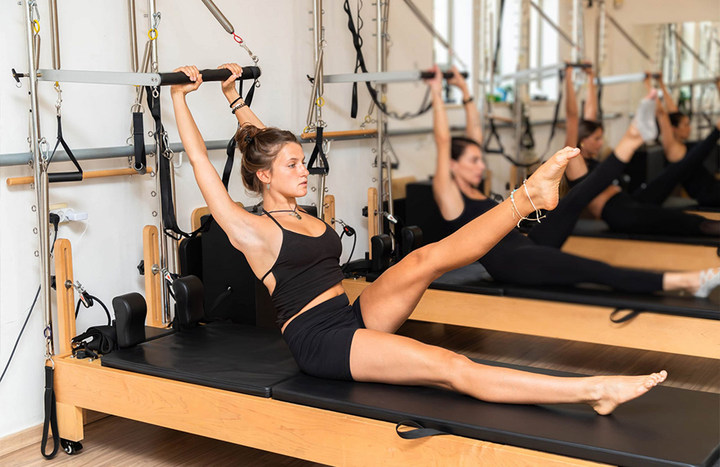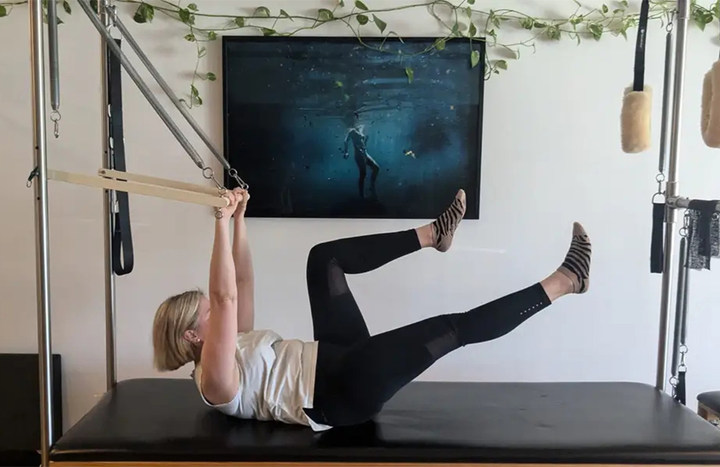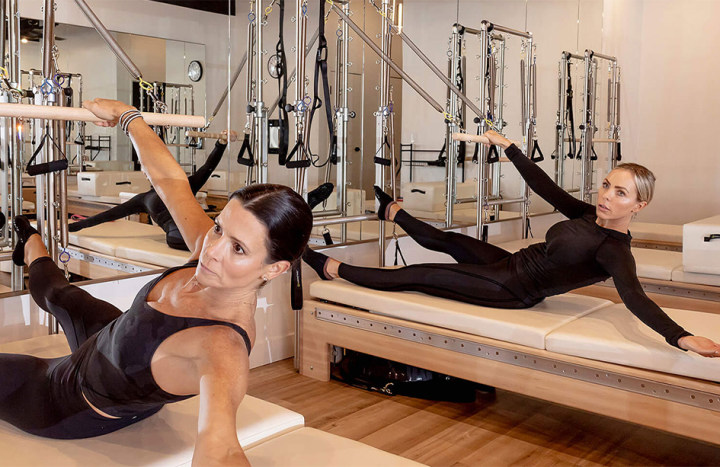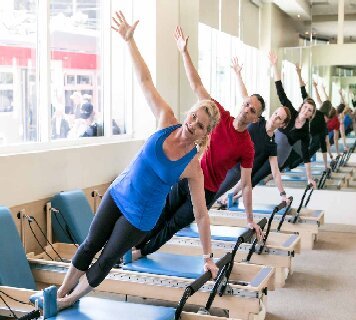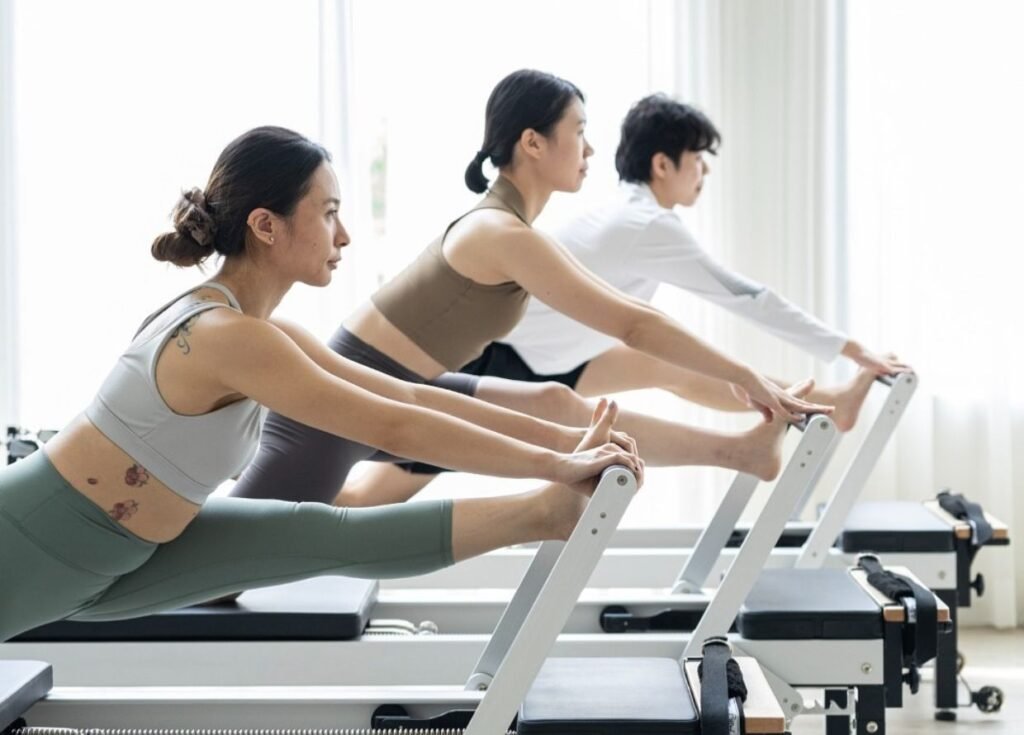
Introduction : Embarking on Your Dream of Being Your Own Business Owner
If you currently teach Pilates at a large gym or yoga studio and dream of owning your own place, then 2025 is the perfect time to realize your dream! Opening a studio gives you the freedom to build your brand, design your courses, and cultivate your own community. But don’t just focus on the benefits; you’ll also have to shoulder the responsibilities of daily operations. This article will serve as your compass, guiding you step by step from “thinking things through” to “opening your business,” helping you get a good start in the new year.
1. Are you really ready to be a boss?
The skills required to transition from being a teacher to being a boss are quite different. First, ask yourself:
Do you want more freedom in teaching, or do you really want to run a business?
Can you handle the rent, equipment maintenance, advertising, and accounting?
The biggest appeal of opening a studio is the ability to realize your vision, such as offering specialized classes or catering to a specific demographic. However, the reality is that you’ll have to devote a significant amount of time to non-teaching activities. I recommend first trying renting a space elsewhere to test the market and your management skills before deciding whether to go it alone.
2. Certifications are your golden ticket
Studio size doesn’t matter; your professional credentials are your real strength. Ensure you have an internationally recognized equipment-based Pilates teaching certificate. Taking specialized courses (such as postpartum recovery and sports injury recovery) will enhance your professionalism. Students are willing to pay for reliable teachers, and solid skills are the key to surviving the competition.
3. Make a realistic store opening plan
Opening a store without a plan? This is the biggest pitfall! Focus on three key points:
- Start-up capital: includes venue deposit, decoration fees, equipment purchase (core Pilates bed, tower, Cadillac, etc.), insurance and the first wave of publicity fees.
- Target students: Don’t try to teach everyone. Target specific groups (eg, office workers, new mothers, or seniors) and design your courses and pricing accordingly.
- Break -even point: Assuming your monthly fixed expenses are €3,000 and a class costs an average of €25, you’d need to teach at least 120 classes per month to break even. It’s best to leave a 20% buffer in case you don’t have enough people initially.
4. Choose a location: A good location means a good experience
- Renting a shared space (gym/yoga studio): This is a great option for beginners, as it saves money and allows you to leverage existing clients. The downside is that you may have to accommodate class times and brand image.
- Independent studio: Rent and renovations are more expensive, but the advantage is: you have the final say! You can design whatever you want.
The key to choosing a location is good air quality , ample light, and good ventilation! A quiet environment and easy-to-use, safe equipment (such as a smooth and quiet Pilates bed) directly determine whether students will return.
5. Find your "unique skill."
There are so many Pilates studios these days, and you need to be a little different to thrive. Think about what problems you can solve that others haven’t. For example:
- Offering a “15-minute lunchtime shoulder and neck relaxation class” for office workers
- Offering a “flexibility and core strengthening class” for runners
- Teaching fall prevention exercises to the elderly
Having a clear “unique skill” will make advertising more effective and more likely to attract loyal students.
6. Free up your time with digital tools
Manually scheduling classes, collecting payments, and responding to messages is too exhausting! Invest in studio management software that can help you:
- Students can schedule and cancel classes by themselves
- Automatic deduction and electronic billing
- The students’ health records are stored in the cloud.
You can just use the basic functions at the beginning, and then upgrade to more advanced functions when there are more students.
7. Set aside a "lifeline" fund
A Pilates new studio typically struggles to generate revenue in the first six months. Be sure to set aside enough for three to six months of operating expenses (including rent, salaries, and equipment maintenance). Don’t just choose equipment based on price; durability is crucial. While good equipment (such as Raetin’s Pilates equipment) may be more expensive initially, it’s less likely to break down and requires less maintenance, saving you money in the long run. It also helps students feel more secure and engaged in their training.
8. Opening Event: Experience firsthand and build trust
A “free open house” is much more effective than just advertising! Design a 3-day experience event, including:
- 30-minute Pilates trial class
- Studio visit and tea and discussion
- There are special discounts for registration on the day.
Remember to collect the email addresses of potential students on site so that you can easily send them course information in the future.
9. Create a decent online presence
Your official website is the first place students get to know you, so it must include:
- Clear class schedule and online class booking portal
- Teacher introduction (show your credentials!)
- Real students’ evaluation
- Embed a map to make it easy for people to find you.
- Optimize your keywords (such as “city name and Pilates studio”) so that more people can search for you online.
10. Mastering social media: Content is king.
Don’t just post hard ads; use useful content to establish a professional image.
- Instagram: Post short videos teaching techniques (eg, “3 Steps to Improve Rounded Shoulders”)
- TikTok: Record students’ progress stories (remember to authorize)
- Facebook: Create a student group, send training reminders
2-3 times a week, and prioritize responding to comments rather than private messages.
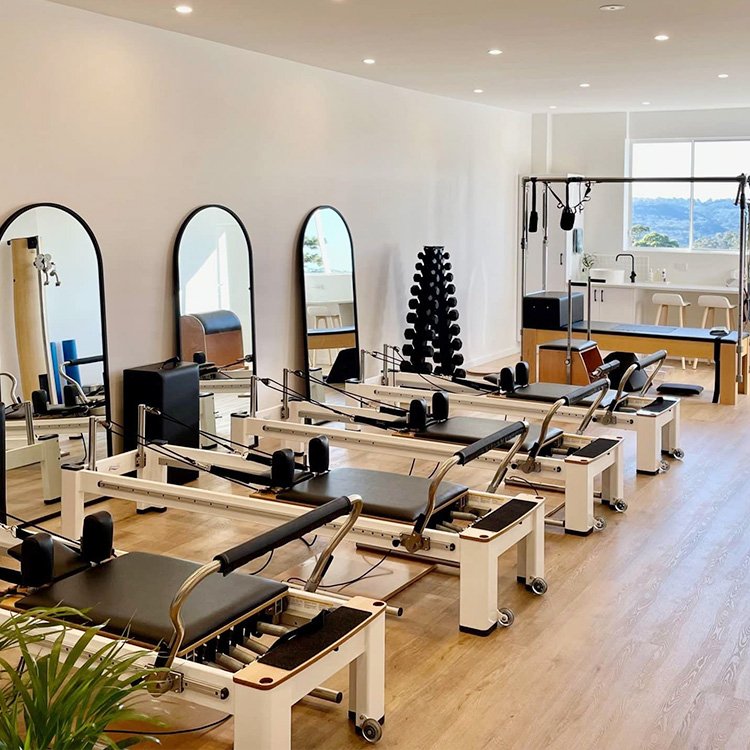
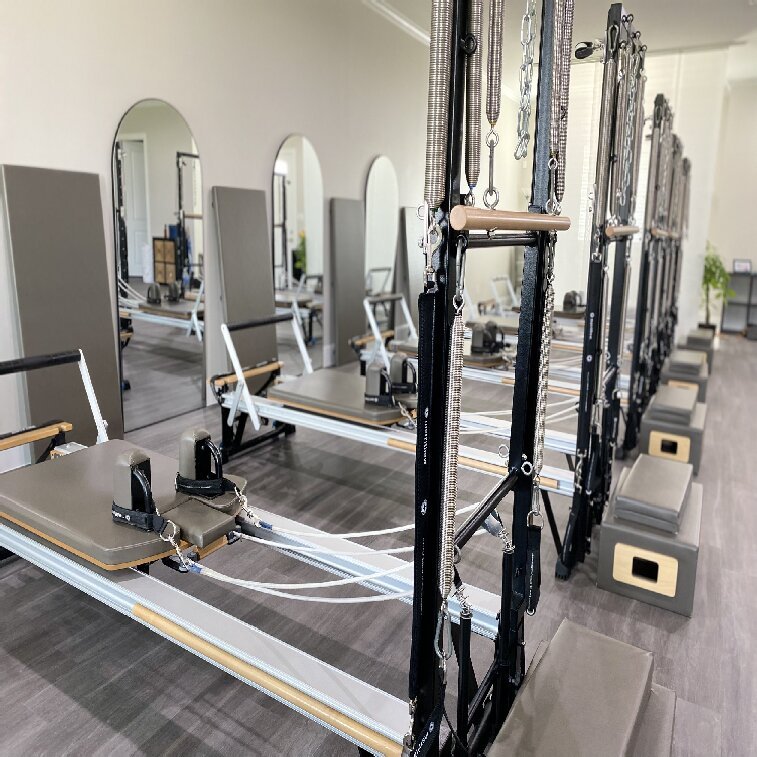
11. Building good neighborhood relationships
- Engaging in offline activities can bring in high-quality students:
- Recommendations to nearby physiotherapy shops and sports brand stores
- Provide free public welfare classes for community activities
- Set up an “Old Student Referral Reward Program”
and the success rate of referrals from acquaintances will be much higher than online advertising!
Conclusion: Using a professional foundation to support long-term dreams
Opening a Pilates studio is a journey of passion and dedication. The studios that will succeed in 2025 will be those that pay attention to detail, plan thoroughly, and genuinely serve their students. Remember: good equipment isn’t just a price to pay; it’s an investment! A smooth and stable Pilates bench makes teaching more efficient, its durable construction saves significant maintenance costs, and most importantly, it allows students to practice safely and focus.
When it comes to equipment, Raetin is your go-to partner for studios solving equipment problems. We understand that studios need reliable, easy-to-use, and long-lasting equipment. Raetin equipment is used in studios in 85 countries around the world and has stood the test of time. We meticulously craft each piece of equipment, ensuring it’s smooth, durable, and safe, ensuring your students have the best experience possible while freeing you to focus on teaching and providing service.

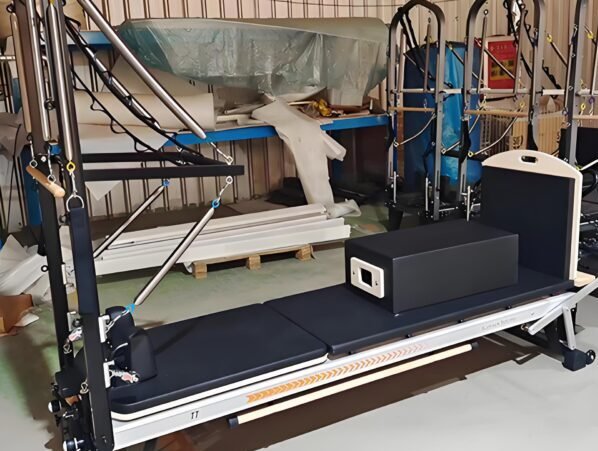
What to do next?
- Figure out what equipment you need: Make a list.
- Find local entrepreneurship support agencies: They often provide free business start-up guidance, legal advice and subsidy information.
- Explore Raetin’s configuration options: See which equipment combination will best suit your new studio and budget.
The road to entrepreneurship begins with a clear plan. In 2025, your studio’s story will begin!

